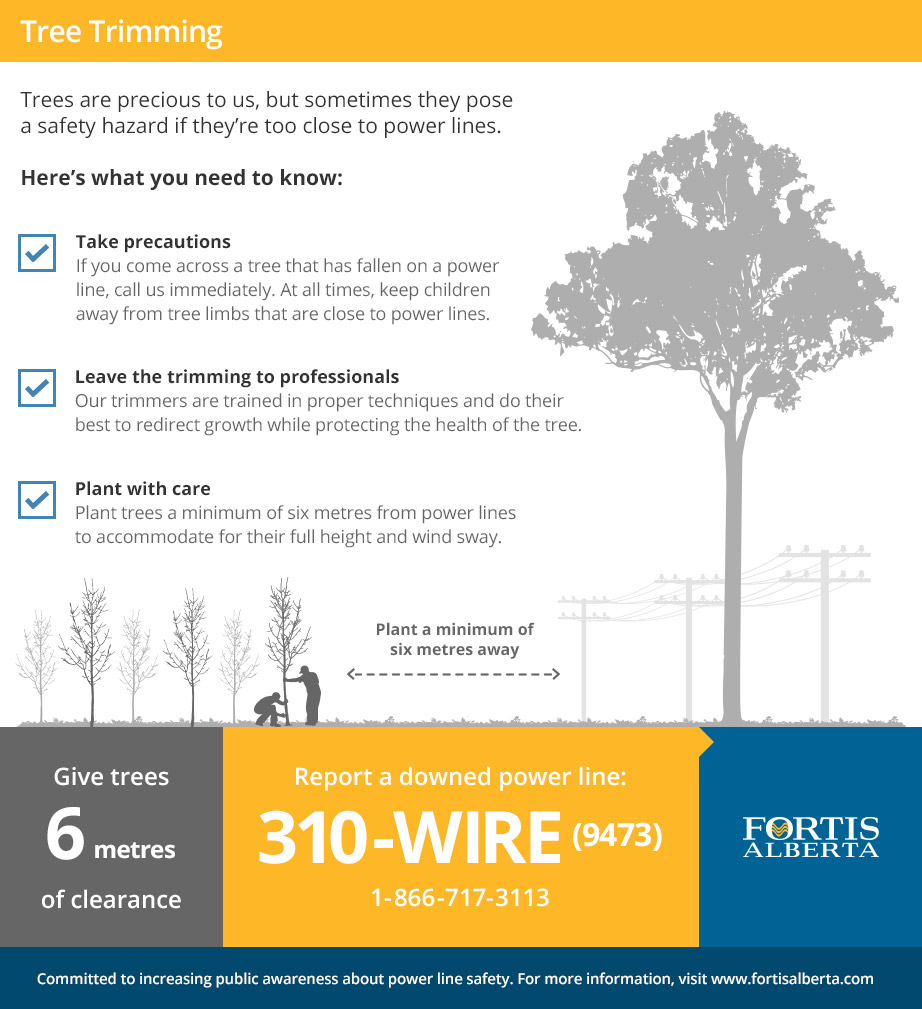Seasonal Pruning Of Trees: When And Just How To Trim For Best Growth
Seasonal Pruning Of Trees: When And Just How To Trim For Best Growth
Blog Article
Produced By- Seborrheic Keratosis Removal Tea Tree Oil
When it comes to seasonal tree cutting, timing and method are vital for your trees' health and wellness and development. You might be surprised at just how much a simple cut can urge new life. Recognizing when to prune dormant trees versus blooming ones can make all the difference. Yet it's not just about when; it's also about how you do it. Allow's explore the best techniques to ensure your trees thrive.
Comprehending the very best Seasons for Tree Trimming
When's the best time to cut your trees? The response lies in understanding the periods. Late winter to very early springtime is commonly excellent, as trees are still dormant. This timing decreases stress and advertises much healthier growth when they awaken.
However, if you're handling blooming trees, consider cutting right after their blooms fade. https://archerqwbgm.actoblog.com/35992109/master-the-art-of-tree-cutting-with-crucial-devices-and-timing-suggestions-that-will-leave-your-trees-growing-discover-the-keys-to-reliable-pruning-today ensures you will not cut off next year's flowers.
In summer season, light cutting can help keep shape and get rid of any type of dead or infected branches. Stay clear of hefty pruning throughout autumn, as trees are planning for inactivity and may struggle to recover.
Eventually, understanding your tree species and regional environment will lead your cutting timetable. Pick sensibly, and your trees will prosper beautifully year-round.
Necessary Pruning Techniques for Healthy And Balanced Trees
Pruning your trees effectively is important for their wellness and longevity. Begin by using clean, sharp tools to make accurate cuts, which helps avoid damage and condition.
Concentrate on eliminating dead, damaged, or crossing branches initially; this urges much better airflow and sunlight infiltration. When cutting, go for an angle that promotes recovery and reduces the danger of rot. Always prune simply outside the branch collar, the inflamed location where the branch meets the trunk, to improve recovery.
For young trees, shape them by selectively pruning to establish a strong structure. Ultimately, prevent over-pruning; removing way too much foliage can emphasize your tree.
Common Mistakes to Stay Clear Of When Trimming
Lots of home owners make important errors while trimming their trees, which can cause long-term damage.
One typical error is over-pruning, where you get rid of a lot of branches simultaneously. This can worry the tree and impede its growth.
One more blunder is utilizing plain tools; sharp, clean tools make cleaner cuts that recover quicker.
Do not neglect to trim at the incorrect season; winter is commonly best for many varieties, while summertime is ideal for others.
Also, prevent reducing branches too near to the trunk or leaving stubs, as both can welcome insects and conditions.
Last but not least, stopping working to go back and examine the tree's general form can lead to unequal development.
Maintain these blunders in mind for healthier, flourishing trees!
Verdict
To conclude, seasonal tree trimming is crucial for your trees' health and wellness and development. By pruning at the correct times-- late winter for dormant trees and right after blooms for flowering ranges-- you'll encourage lively vegetation and blossoms. Remember to use tidy, sharp tools and comply with appropriate strategies to avoid damage. Avoid heavy trimming in the loss and remain clear of common blunders. With visit the following website in mind, you'll keep your trees growing all the time!
